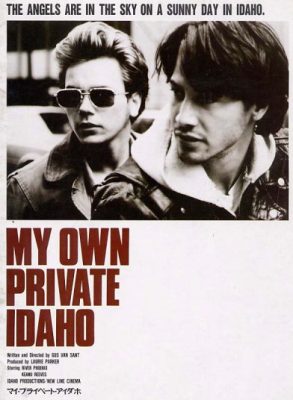On paper it looks like a win-win: in the next few days, Comcast is quietly turning on public hotspots in its customers’ routers, essentially turning private homes into public hotspots. Comcast customers get free Wi-Fi wherever there is a Comcast box and the company gets to build out a private network to compete with telecoms. Win-win.
Fifty thousand users with Arris Touchstone Telephony Wireless Gateway Modems – essentially basic modems that cable providers drop off at your home – have already been turned into public hotspots in Houston, and there are plans to enable 150,000 more. Most subscribers will be enabled in the next few months. It’s not like they didn’t warn you. After all, news of this bold Xfinity Wifi project popped up months ago and began rolling out in 2013.
But here’s the problem: Comcast is essentially using your private residence as a corporate resource. They’re using your electricity. They’re using your Internet connection (although they claim they aren’t) and they’re opening up your private browsing to potential hackers. While Comcast will claim that these two streams are independent, there is nothing to stop a dedicated hacker from figuring out how to snoop data passing through the router. There is also nothing to stop someone from downloading illicit material, software, and other junk from your hotspot and then reporting you for theft or worse. Again, it’s all ostensibly secure, but, like all things, it really isn’t.
Finally, it’s also an opt-out solution, which means it is enabled by default and you, the consumer have to turn it off. But Comcast doesn’t want that. “We encourage all subscribers to keep this feature enabled as it allows more people to enjoy the benefits of Xfinity Wi-Fi around the neighborhood,” said a company spokesperson last year. Not convinced? Dwight Silverman offers instructions for turning it off.
Again, on the surface, the idea that Comcast subscribers will have free, always-on Wi-Fi access is generally good. It makes an end run around telecoms and it allows Comcast subscribers always-on access without paying much, although there is some chatter that everyone will be stuck with a $6 bill add-on per month in the future. And, for the average user, this sounds just fine. Wi-fi everywhere, not much fuss, and the electricity used doesn’t really matter since the router is on anyway.
But imagine it a different way. Imagine McDonald’s installed a meat grinder in your basement. You get one or two “free” burgers per week but they price of these burgers is built into your monthly McDonald’s bill, and the rest of the time the machine is grinding cow into beef patties, using your water to wash way the slurry and using your sewer connection to whisk away meat slop. Ninety-nine percent of the time the system works well. Maybe you’re a little annoyed at the noise and the water usage but it’s not much of a change in your bill. And maybe you’re tired of the burgers but hey, free burgers. But one in a million grindings imagine if they system backed up and sprayed meat juice all over your basement or your sewer backed up and a slurry of bonemeal blubbed up out of your basement drains. When things go wrong, they go really wrong.
That is the problem with trusting corporations with general purpose computing. The intention is almost always good – or at least always economically positive – but corporations do a few things wrong. They’re bad at building massive systems that require careful supervision and they’re bad at taking our interests into account. Put another way, understand that Comcast is turning your home into a public Wi-Fi access point. It’s not as bad as a pink slurry machine in your basement, but it’s not far off.
So please, please opt-out if you are worried at all about your network connection. Free-rider problem be damned: let some other user become Comcast’s personal Wi-Fi provider. You are paying to be a node in a network that makes Comcast money. It may be a win-win for some, but it’s a win-lose for you.
